
怪波及其数学理论(英文版)(精)9787534176111
正版图书,可开发票,请放心购买。
¥ 116.02 6.2折 ¥ 188 全新
仅1件
广东广州
认证卖家担保交易快速发货售后保障
作者郭柏灵//田立新//闫振亚//凌黎明//王玉凤
出版社浙江科技
ISBN9787534176111
出版时间2017-11
装帧其他
开本其他
定价188元
货号30195602
上书时间2024-11-18
- 店主推荐
- 最新上架
商品详情
- 品相描述:全新
- 商品描述
-
目录
1 The Research Process for Rogue Wave
1.1 The Research Process for Rogue Wave Phenomenon
1.2 Some Famous Experiments of Rogue Wave
1.3 Research Method and Physical Mechanism of Rogue Wave
1.3.1 Methodology of Rogue Wave
1.3.2 Physical Mechanism of Rogue Wave
1.4 Mechanisms of Rogue Wave
1.4.1 Linear Mechanisms of Rogue Wave
1.4.2 Nonlinear Mechanisms of Rogue Wave
1.5 Rogue Wave Solutions for Nonlinear Partial Differential Equations
1.6 Optical Rogue Wave
1.7 Financial Rogue Wave
1.8 Nonautonomous Rogue Wave Solutions
2 Construction of Rogue Wave Solution by the Generalized Darboux Transformation
2.1 The Classical Darboux Transformation
2.2 Generalized Darboux Transformation for the Classical KdV Equation
2.3 Darboux Transformation for N-Coupled Focusing NLS Equation
2.4 Rogue Wave Solutions for the Two-Component NLS Equation
2.4.1 Rogue Wave Solutions for the Two-Component NLS Equation
2.4.2 Bright-Dark-Breather and Rogue Wave
2.5 Generalized Darboux Transformation for NLS Equation
2.5.1 Generalized Darboux Transformation
2.5.2 Higher-Order Rogue Wave in Determinant Forms
2.5.3 Mathematical Characters of the Rogue Wave Solutions for Standard NLS Equations
2.6 Generalized Darboux Transformation for DNLS Equation
2.6.1 Darboux Transformation-I
2.6.2 Darboux Transformation-II
2.6.3 Reductions
2.6.4 Generalized Darboux Transformations
2.6.5 Generalized Darboux Transformations-II
2.6.6 High-Order Solutions for DNLS Equation
3 Construction of Rogue Wave Solution by Hirota Bilinear Method, Algebro-geometric Approach and Inverse scattering Method
3.1 Hirota Bilinear Method
3.1.1 Rogue Wave Solution for the NLS Equation
3.1.2 Rogue Wave Solution for the DS-I Equation
3.2 Reduction from the KP Equation
3.3 Algebro-Geometric Reduction Approach
3.3.1 Relationship between Fredholm Determinant and 0-Function
3.3.2 Relations between Fredholm and Wronskian Determinants
3.3.3 Construction of Rogue Wave Solution
3.4 Inverse Scattering Method and Rogue Wave
3.4.1 Direct Problem
3.4.2 Scattering Matrix
3.4.3 Involution Relation
3.4.4 Jumps of the Eigenfunctions and Scattering Data Across the Branch Cut
3.4.5 Time Evolution
3.4.6 Inverse Problem
3.4.7 Darboux Transformation and Rogue Wave Solutions
4 The Rogue Wave Solution and Parameters Managing in Nonautonomous Physical Model
4.1 Introduction to the Rogue Wave Solution
内容摘要
郭柏灵、田立新、闫振亚、凌黎明、王玉凤著的《怪波及其数学理论(英文版)(精)》在讲述怪波的基本物理背景的基础上,重点介绍怪波解的求解方法,包括利用极限技巧推广的Darboux变换方法、Schur多项式一双线性方法、代数几何解极限法等,以及在非自治系统中,利用相似变换方法得到非自治怪波解的方法。这些最新成果也包括了本书作者及其合作者得到的一些研究成果,我们期望读者在阅读本书的基础
上,可以直接地、较快地开展一些怪波问题的研究。
— 没有更多了 —


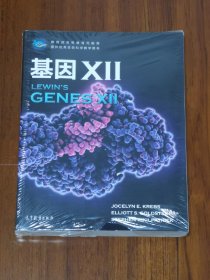
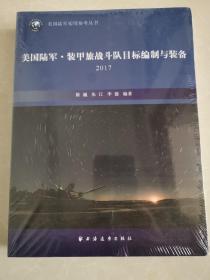
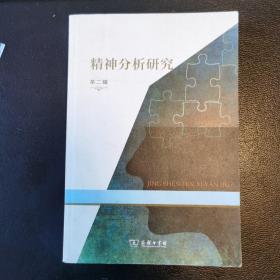

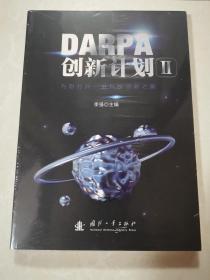


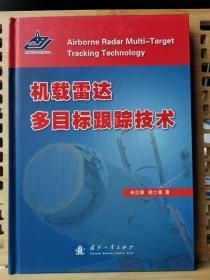
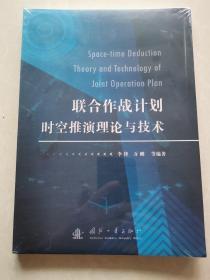










以下为对购买帮助不大的评价